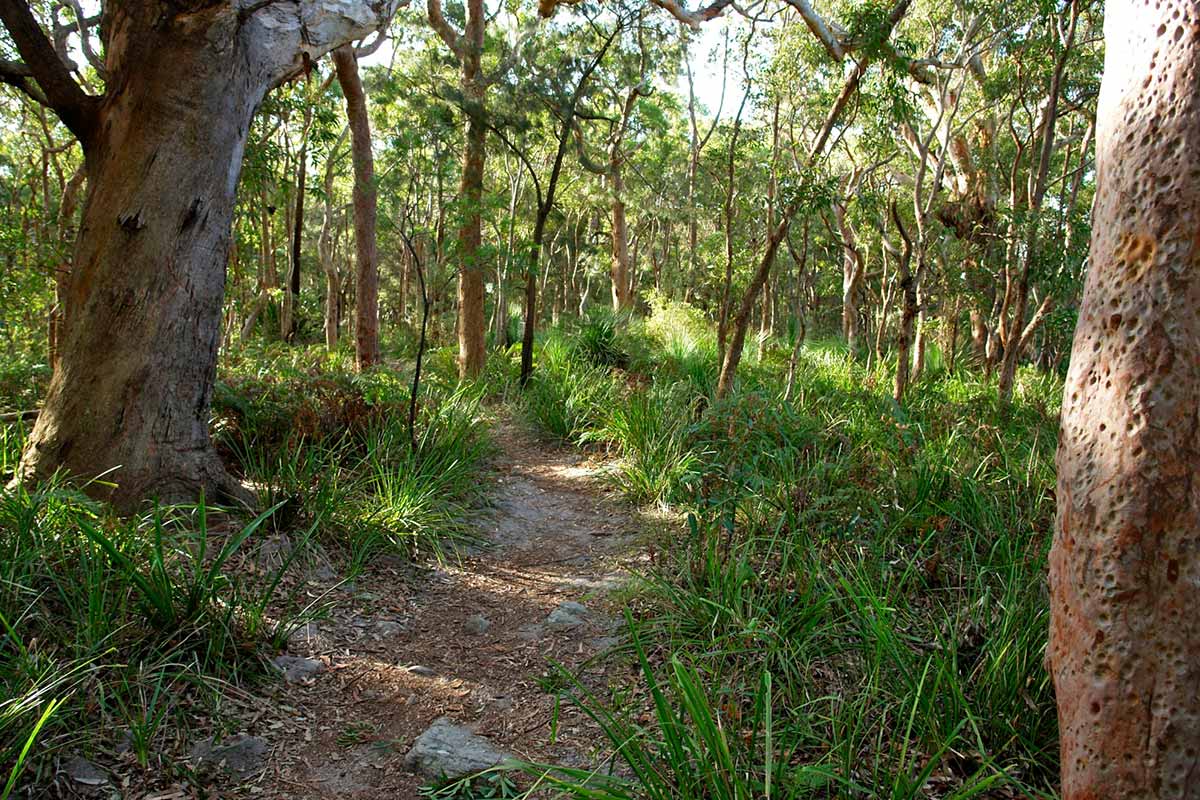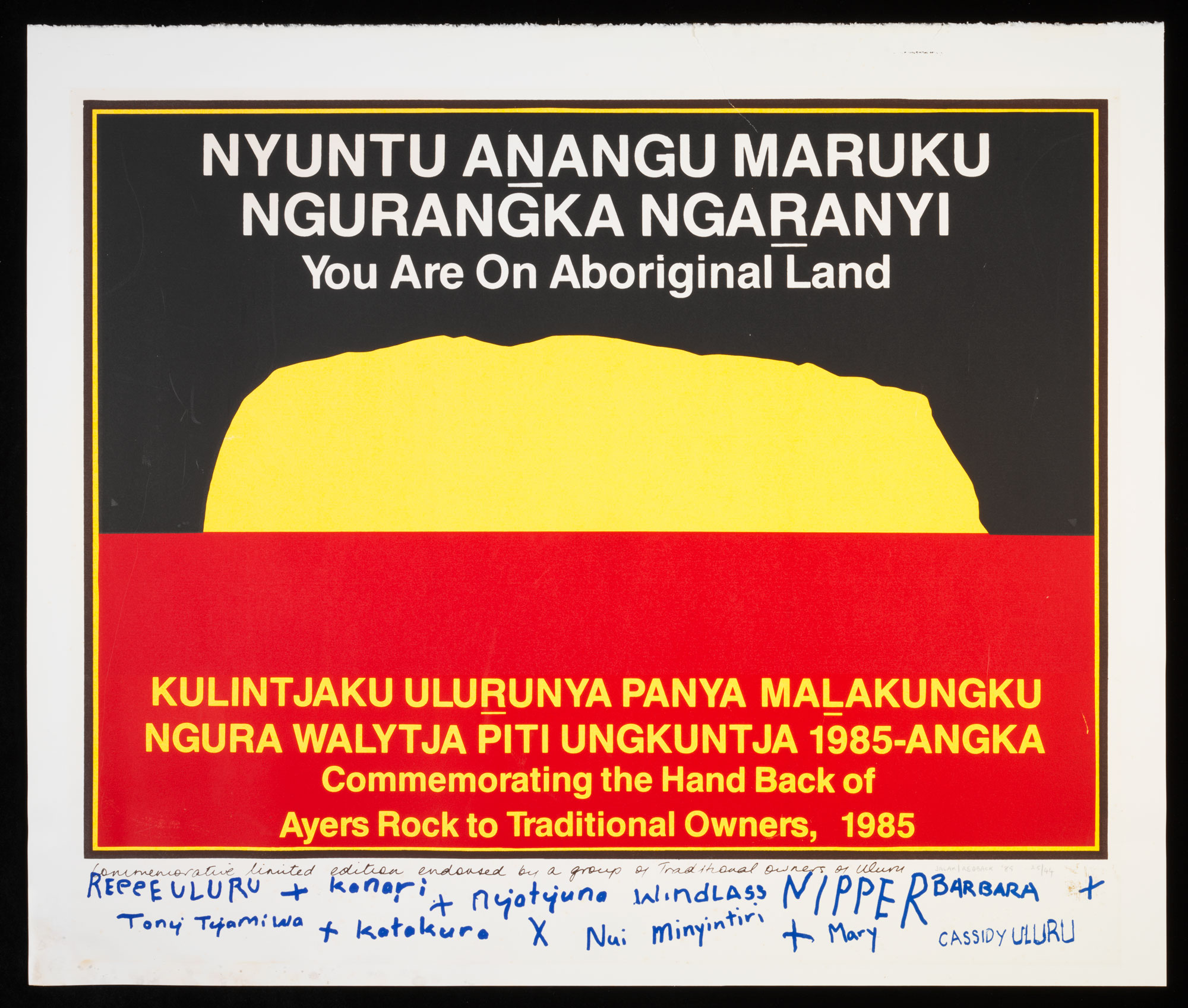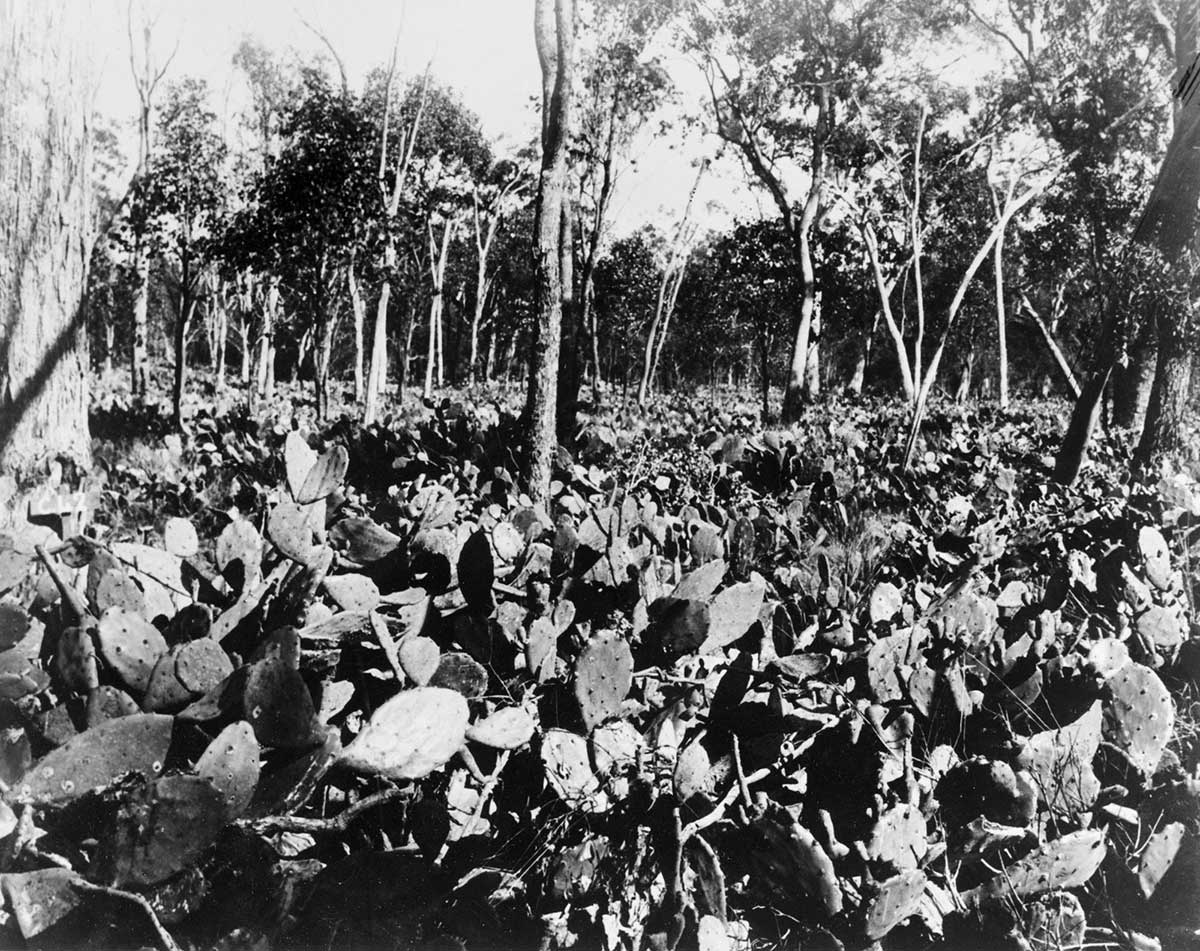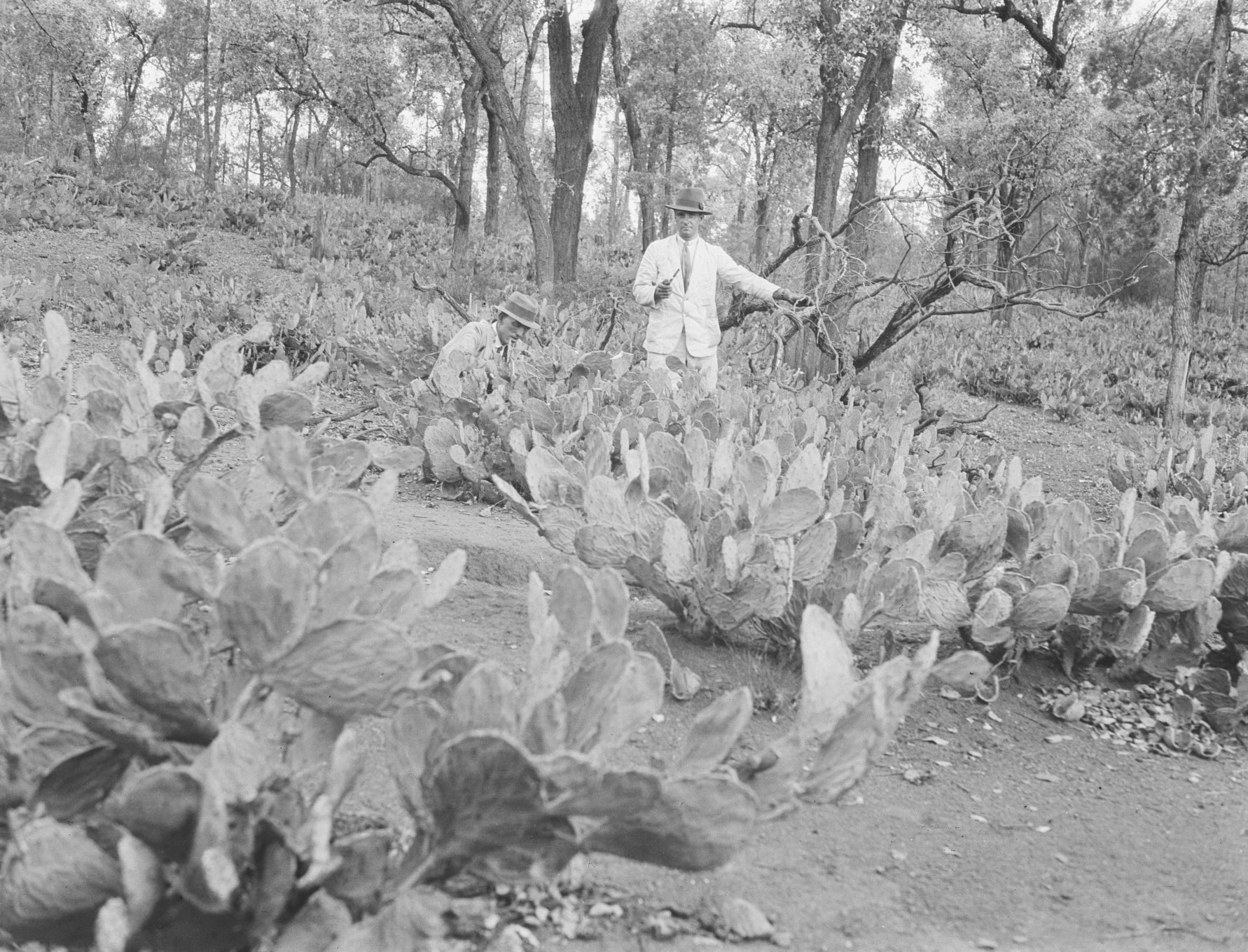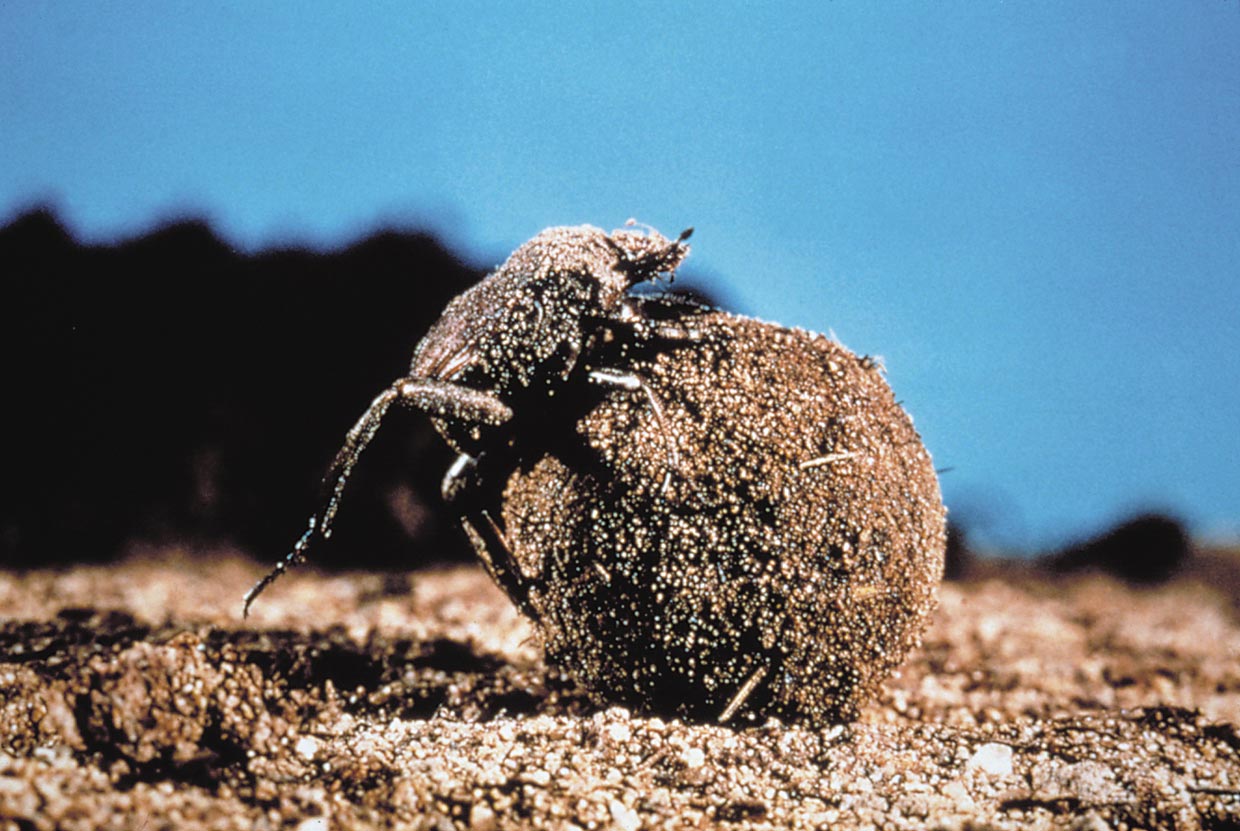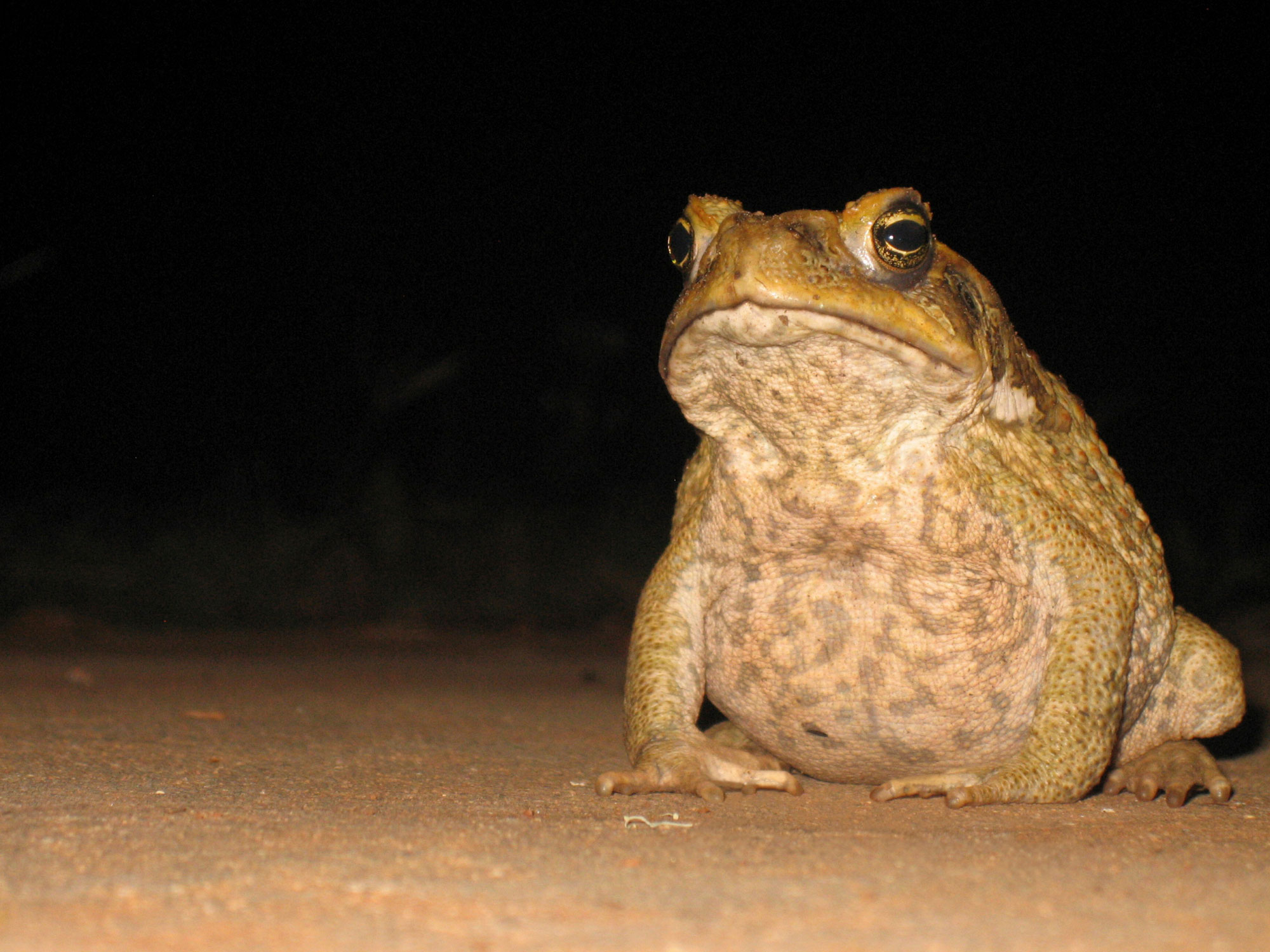Landforms and landscapes Defining Moments
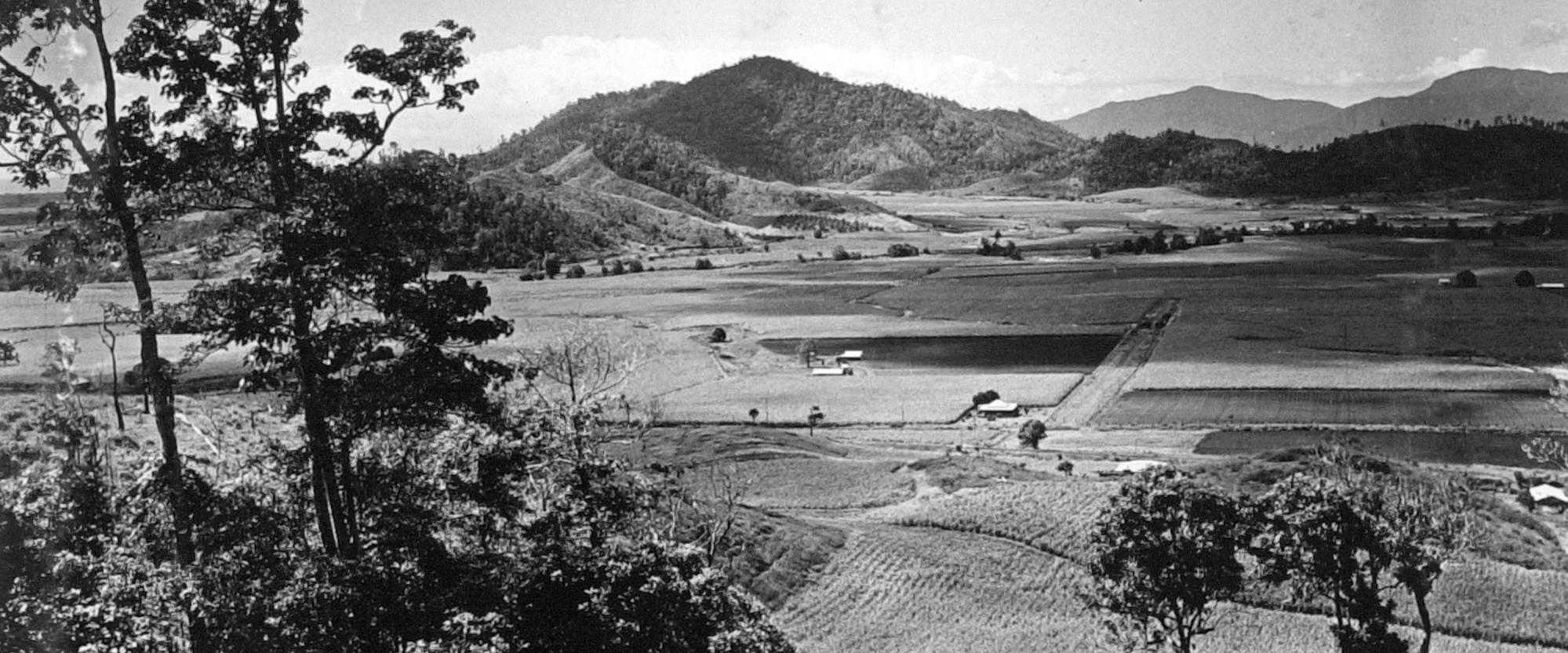
- Year level 8
- Investigations 2
- Activities 9
- Curriculum topic Landforms and landscapes
1. Overview of the learning module
Introduction
This learning module provides resources and classroom activities for teachers to use in their Australian Curriculum — Geography Year 8 classrooms.
It supports the Geography knowledge and understanding requirements in relation to Australia for the Geography element of the curriculum:
- Landforms and landscapes
It does so in relation to Australia by exploring seven case studies that illustrate key elements of this theme.
The two investigations provide a rich digital resource for classroom use. They include contextual information, documents, images, scaffolded comprehension, analytical and extension questions, and individual, group and class activities. Using these materials and activities, students can explore aspects of the Year 8 knowledge and skills outcomes specified in the Australian Curriculum — Geography.
The learning module has been designed to draw on the National Museum of Australia’s Defining Moments in Australian History, together with some supplementary resources. Students do not need to visit that site to complete this learning module as the featured Defining Moments information used is available on this site.
Module snapshot
This learning module contains:
Students are asked to consider the natural features that constitute landforms and landscapes.
The three case studies in this investigation illustrate aspects of Aboriginal and Torres Strait Islander people’s attitudes towards landforms and landscapes. Each uses a specific Defining Moment to help students focus on the key ideas that they will explore in their classrooms.
The four case studies in this investigation explore how people have tried to change the landscape by introducing new animals and plants, and how this has led to further changes that are sometimes unexpected.
Students are asked to reflect on what they have learned, the value of landscapes and landforms and the impact that humans can have on them.
2. Student activities
Student activities
Setting the scene
Indigenous perspectives on the land
Introduced species
Bringing it together
3. Relevant Defining Moments in Australian History
Defining Moments that are relevant to the different inquiry questions in the curriculum include:
|
1859 |
Investigation 2 |
|
|
1926 |
‘Pear’ necessities — Moth introduced to eradicate prickly pear |
Investigation 2 |
|
1935 |
Investigation 2 |
|
|
1966 |
Investigation 1 |
|
|
1968 |
‘One of God’s gifts to us as humans’ — Dung beetles introduced |
Investigation 2 |
|
1985 |
‘It’s our place, our land’ — Handback of Uluru to the Anangu people |
Investigation 1 |
|
2017 |
‘We invite you to walk with us’— Uluru Statement from the Heart issued |
Investigation 1 |
Longer versions of the Defining Moments are available on the National Museum of Australia website:
|
1859 |
Investigation 2 |
|
|
1926 |
Investigation 2 |
|
|
1935 |
Cane toads introduced into Australia to control pest beetles in Queensland’s sugar cane crops |
Investigation 2 |
|
1966 |
Gurindji strike (or Wave Hill Walk-Off) led by Vincent Lingiari |
Investigation 1 |
|
1968 |
Investigation 2 |
|
|
1985 |
Australian Government returns Uluru to its traditional owners |
Investigation 1 |
|
2017 |
Investigation 1 |
4. Australian curriculum level and focus
Geographical knowledge and understanding
By the end of this learning module, students will have increased their knowledge and understanding in relation to Australia of aspects of Unit 1 Landforms and landscapes:
- Spiritual, aesthetic and cultural value of landscapes and landforms for people, including Aboriginal and Torres Strait Islander Peoples (ACHGK049)
- Human causes and effects of landscape degradation (ACHGK051)
Geographical inquiry and skills
Students will have exercised these learning skills:
Collecting, recording, evaluating and representing
- Evaluate sources for their reliability and usefulness and select, collect and record relevant geographical data and information, using ethical protocols from appropriate primary and secondary sources (ACHGS056)
Interpreting, analysing and concluding
- Interpret geographical data and other information using qualitative and quantitative methods, and digital and spatial technologies as appropriate, to identify and propose explanations for spatial distributions, patterns and trends, and infer relationships (ACHGS059)
- Apply geographical concepts to draw conclusions based on the analysis of data and information collected (ACHGS060)
Communicating
- Present findings, arguments and ideas in a range of communication forms selected to suit a particular audience and purpose; using geographical terminology and digital technologies as appropriate (ACHGS061)
Reflecting and responding
- Reflect on their learning to propose individual and collective action in response to a contemporary geographical challenge, taking account of environmental, economic and social considerations, and predict the expected outcomes of their proposal (ACHGS062)
Interdisciplinary thinking
Students will have engaged with the concepts of:
- significance
- continuity and change
- cause and effect
- place and space
- interconnections
- roles, rights and responsibilities
- perspectives and action.
Cross-curriculum priorities
Students will have been involved in additional learning about aspects of:
- Aboriginal and Torres Strait Islander societies
- sustainability.
Source: The Australian Curriculum Humanities and Social Sciences — Geography, December 2016, accessed 1 July 2019
5. Geography outcomes matrix
|
Outcome |
Elaboration or explanation |
Applying this to each case study |
|---|---|---|
|
KNOWLEDGE |
Comprehending the factual elements of systems or features. |
Do you know what the key facts are? |
|
UNDERSTANDING |
Being able to explain how features and systems operate. |
Do you understand how the key features and systems work in the way they do? |
|
PLACE |
The significance of places and what they are like. |
What are the key natural, environmental and human features of the place? |
|
SPACE |
The significance of location and spatial distribution, and ways people organise and manage the spaces that we live in. |
What creates the features, and how are they used? |
|
ENVIRONMENT |
The significance of the environment in human life, and the important interrelationships between humans and the environment. |
What are the key features, how are they used and managed, and with what effects? |
|
INTERCONNECTION |
Emphasising that no object of geographical study can be viewed in isolation. |
How is a place, space or environment connected to others? |
|
SUSTAINABILITY |
The capacity of the environment to continue to support our lives and the lives of other living creatures into the future. |
How is the place, space or environment being used and managed, and can this be continued? |
|
SCALE |
The way that geographical phenomena and problems can be examined at different spatial levels. |
Is the scale personal, local, regional, national or global? |
|
CHANGE |
Explaining geographical phenomena by investigating how they have developed over time. |
How is it similar or different over a time period? |
6. Learning at the National Museum of Australia
Enjoying our online teaching resources? Why not check out what else we have to offer?
We run onsite school programs, digital excursions and teacher professional learning programs.
Discover more about defining moments in Australian history through these curriculum-linked learning activities.






